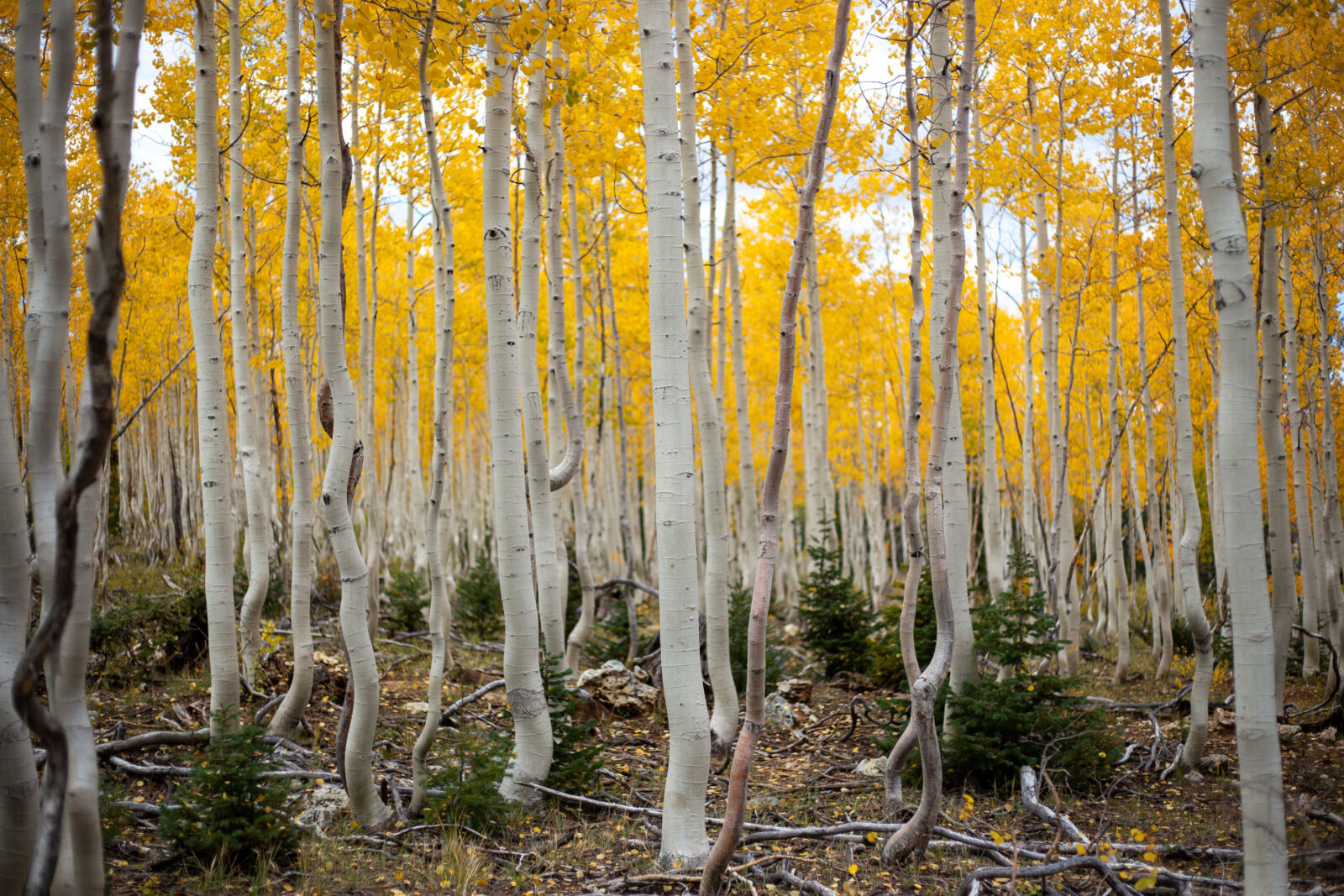I’d like for you to think of a piece of media featuring the “natural world” that has affected you in some way. This could be a photograph, a textbook, a poem, etc. How is the environment displayed? Do the creator(s) use words like wild, dramatic, or tranquil? Are there people present, and if so, how are they interacting with the environment?
In one way or another we all have some such media that has made a lasting impact on us. In my case, that was the Little House on the Prairie books by Laura Ingalls Wilder. When combined with the everyday messages we receive about the environment (i.e., news articles, history lessons, personal experiences), these stories shape our individual narratives about nature. Like most things, these narratives can be both good and bad. For example, in one telling, Little House on the Prairie is about freedom and building new land relationships. On the other, it is about colonization and the forced removal of Indigenous people from their ancestral lands.

Photo by Devin Anderson.
In the United States, most of the widely recognized narratives about the Conservation Movement come from white, cis-male institutions and individuals. Dr. Carolyn Finney, a renowned storyteller and educator, describes this issue in her book Black Faces, White Spaces by saying, “we have collectively come to understand/see/envision the environmental debate as shaped and inhabited primarily by white people. And our ability to imagine others is colored by the narratives, images, and meanings we’ve come to hold as truths in relation to the environment.” Relying solely on dominant narratives limits our ability to truly recognize other people’s perspectives and their relationships to the environment.
Drawing inspiration from
Dr. Finney, I designed a workshop for the USDA Forest Service’s Peer Learning
Series aimed at interrupting dominant narratives regarding the Conservation
Movement. As a public institution, the Forest Service interacts with numerous
federal agencies, local governments, Tribal Nations, private partners,
volunteers, and members of the public. Therefore, it is imperative that Forest
Service staff recognize the myriad narratives and relationships that each of
these groups may have with the land. Recognizing this can open avenues for the
Forest Service to learn with its partners and develop a new, shared
narrative. In the presentation, we practiced interrupting our own narratives
while also showcasing current Forest Service projects that broaden the Forest
Service’s impact.

Photo by April McPherson.
Each of us will have our own conceptions about the “natural world,” but what matters is not what any one of us thinks but how we can come together to share this land in a rejuvenating and equitable manner. Interrupting harmful narratives and developing new, shared understandings are skills that are crucial to protecting our natural lands and designing a future focused on restorative justice.
Beth Bannar is a 2022 Conservation Connect Fellow and a graduate student at the University of Michigan studying Environmental Planning and Justice within the School for Environment and Sustainability.
Cover photo by Chamise Kramer.
--------
Every day, the NFF works to help make our forests – and the experiences people have on them – relevant to ALL Americans. We tell stories, highlight historical contributions of all peoples, explore forgotten legacies, and much more. This growing part of our mission requires unrestricted support from people like you. Will you join us today? It’s easy: just click here and offer your support. We thank you!

